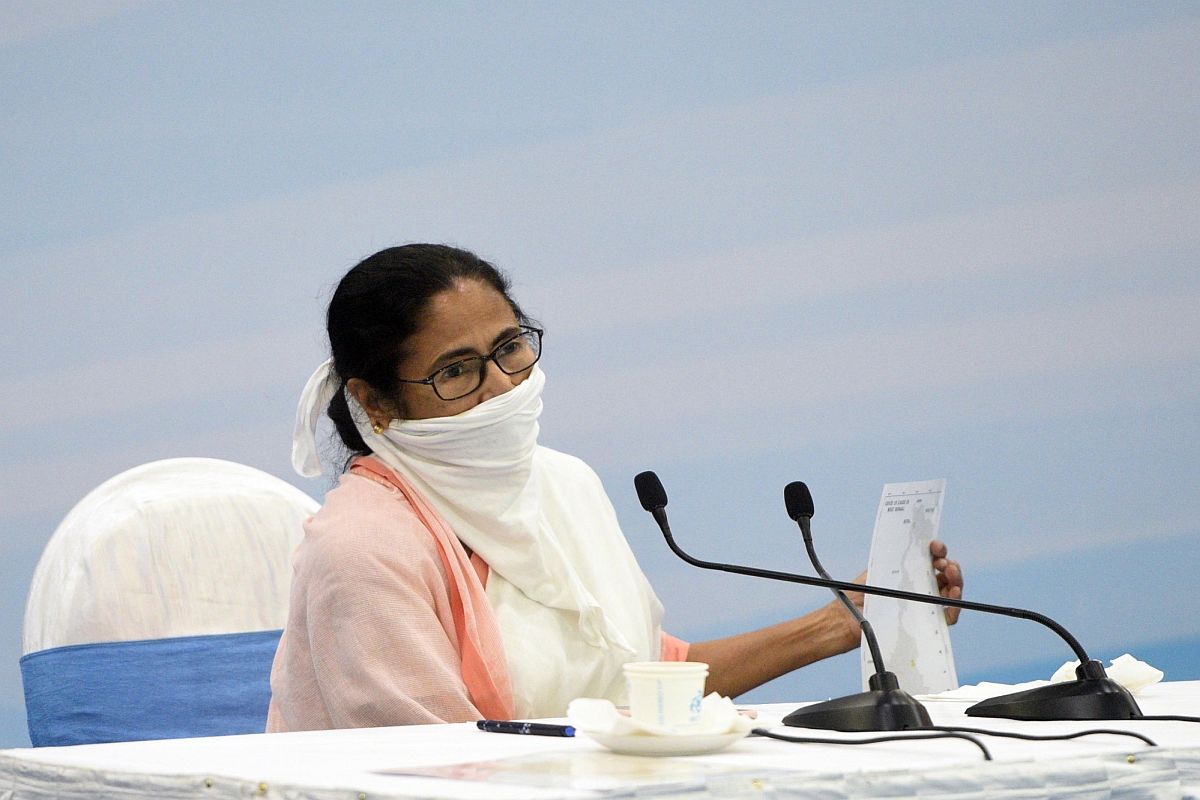The eye, said to be quite the most vital organ, is expected to be treated in a profoundly specialised manner from this week, if Monday’s announcement by the West Bengal Chief Minister is any indication. “Chokher Alo” will thus reinforce Swasthya Sathi, the state-sponsored health insurance policy.
The latest matrix of Duare Sarkar (government at doorstep) ought be visible now more than ever and shorn, one hopes, of the intervention of middlemen, and not the least in government health facilities where even admission and OPD priorities are allegedly controlled by touts who strut the complexes. Ergo, it is fervently to be hoped that the outcome will transcend pre-election rhetoric.
Advertisement
In terms of public policy, most particularly the parameter of health, the new initiative will be generally welcomed and not merely by those for whom treatment in hospitals, and no less important after-care, can be almost unaffordable. Aside from providing “eye health” to all in West Bengal, the scheme envisages no fewer than 20 lakh cataract surgeries free of cost. Over the next five years, cataract extraction will be coupled with the complimentary distribution of 8.25 lakh spectacles.
Well might Mamata Banerjee hope that the scheme will “help us eradicate vision impairment in the state”. Theoretically, “Chokher Alo”, verily a New Year gift that will be flagged off on Tuesday, should cover a wide cross-section of the populace. Towards that noble end, students of all schools and colleges will undergo free check-up over the next five years and free spectacles will be distributed.
Much will of course hinge on execution, the commitment of ophthalmologists, and the cooperation of the patient, which the doctors deem to be as important as the check-up and the medical procedure. To begin with, the scheme will be implemented in 1200 gram panchayats and 120 urban health centres. The eye camps are to be supervised by 300 ophthalmogists who will work in tandem, to quote the Chief Minister.
Altogether, this is a noble endeavour in West Bengal, a state where 11 per cent of the people are blind and where more than 4 per cent make do with what doctors diagnose as “low vision”. Indeed, a vision test is the primary prognosis in any eye hospital.
It has now been conceded by the health department that the “number of persons with low vision must be much higher as the elderly in remote areas hardly have money and resources to call on an ophthalmologist”.
“Chokher Alo”, therefore, ought to take care of all age-groups, irrespective of economic standing. If it successfully attains fruition, it can well be extended to address common eye problems, notably diabetic retinopathy and glaucoma. A beginning has been made, hopefully to fulfil the Benthamite doctrine of the “greatest good of the greatest number”.









